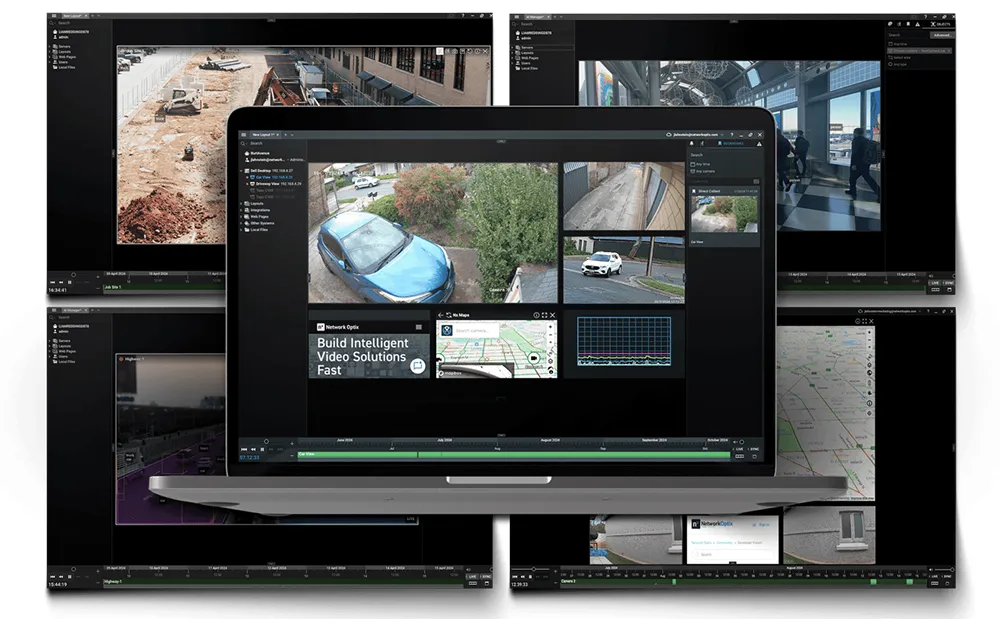New standard pixel formats are available as well as simplified bandwidth management, to enable users to manage conveniently the available bandwidth in a multi-camera system. Cameras equipped with the new features are available immediately. Users who already own a GigE Vision from IDS can install the extra functionality through the IDS update tool.
Additionally, numerous models of the compact uEye CP Rev.2 family, the versatile uEye SE and the robust uEye FA series are available, equipped with the latest CMOS sensors from Sony, ON Semiconductor and e2v.









